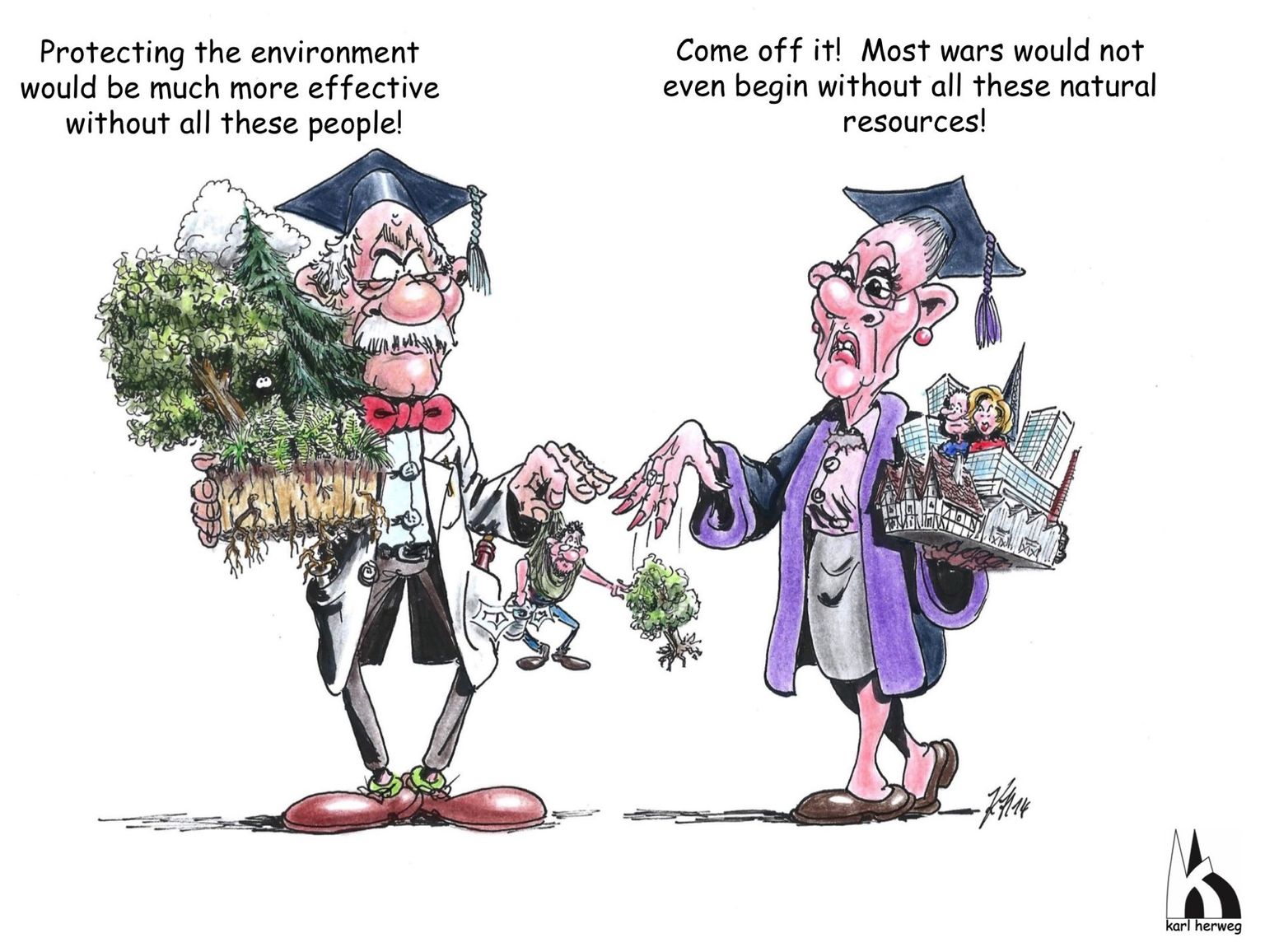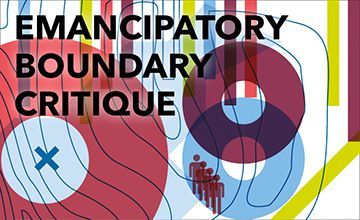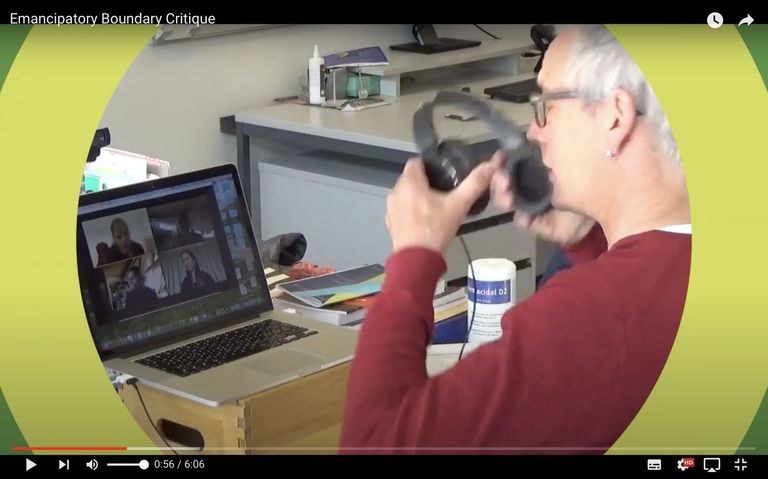Emancipatory boundary critique
A set of questions to support non-experts in critically challenging an expert’s suggested solution to a problem and the solution’s social and ecological implications.
Pohl C 2020. Emancipatory Boundary Critique. td-net toolbox profile (1). Swiss Academies of Arts and Sciences: td-net toolbox for co-producing knowledge. www.transdisciplinarity.ch/toolbox. doi.org/10.5281/zenodo.3717029
| What is emancipatory boundary critique? | Emancipatory boundary critique consists of a set of questions to empower non-experts to uncover normative assumptions underlying an expert’s solution to a problem along with the solution’s social and ecological implications. It is one way of using critical systems heuristics, a framework for reflective professional practice developed by Werner Ulrich. |
| Why should the method be applied? | All solutions to a problem include underlying assumptions (“boundary judgments” in Ulrich’s terminology). In the critical discussion of these underlying assumptions and their consequences the expert is as much a lay-person as the non-expert. This is why these assumptions must be discussed and decided upon by those who have to bear the consequences. |

| When should the method be applied? | The method serves the critical reflection on, and discussion of, a specific solution to a problem. It can be applied as soon as solutions are developed. |
How does it work? | The key to emancipatory boundary critique is the following "Checklist of boundary questions"(Ulrich 2005, p 11), that the non-expert poses to the expert: |
How are thought styles bridged? | Enabling a dialogue on equal footing between the experts who propose solutions and the affected non-experts bridges thought styles. |
What’s the output/outcome? | The output is a dialogue about a proposed solution, that openly deliberates underlying normative assumptions as well as social and ecological implications. The overall outcome is a broader (and emancipated) understanding of the proposed solution amongst the people involved in the dialog. |
Who participates in what role? | At least one non-expert and one expert. For bigger groups, a moderator might be helpful. |
What do I need to prepare? | With his background in systems thinking, Ulrich uses expressions that might not be easy to understand (e.g. witness, decision environment, client, guarantor). Each of the twelve boundary questions cited above is therefore followed by a second question (beginning with "That is, …") that defines the respective boundary category in plain language. To understand the underlying rationale, we recommend reading critical systems heuristics. Further, it is useful to prepare more concrete questions with respect to the solution at stake. Ulrich gives helpful examples of such concrete questions, e.g. for introducing a new type of land use: |



